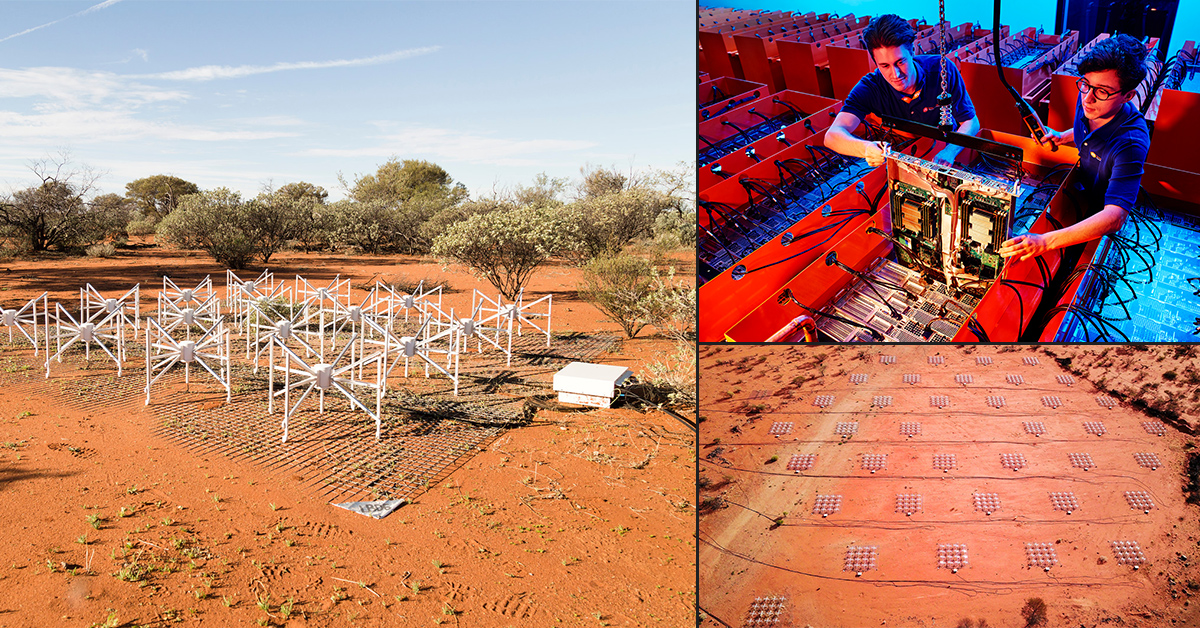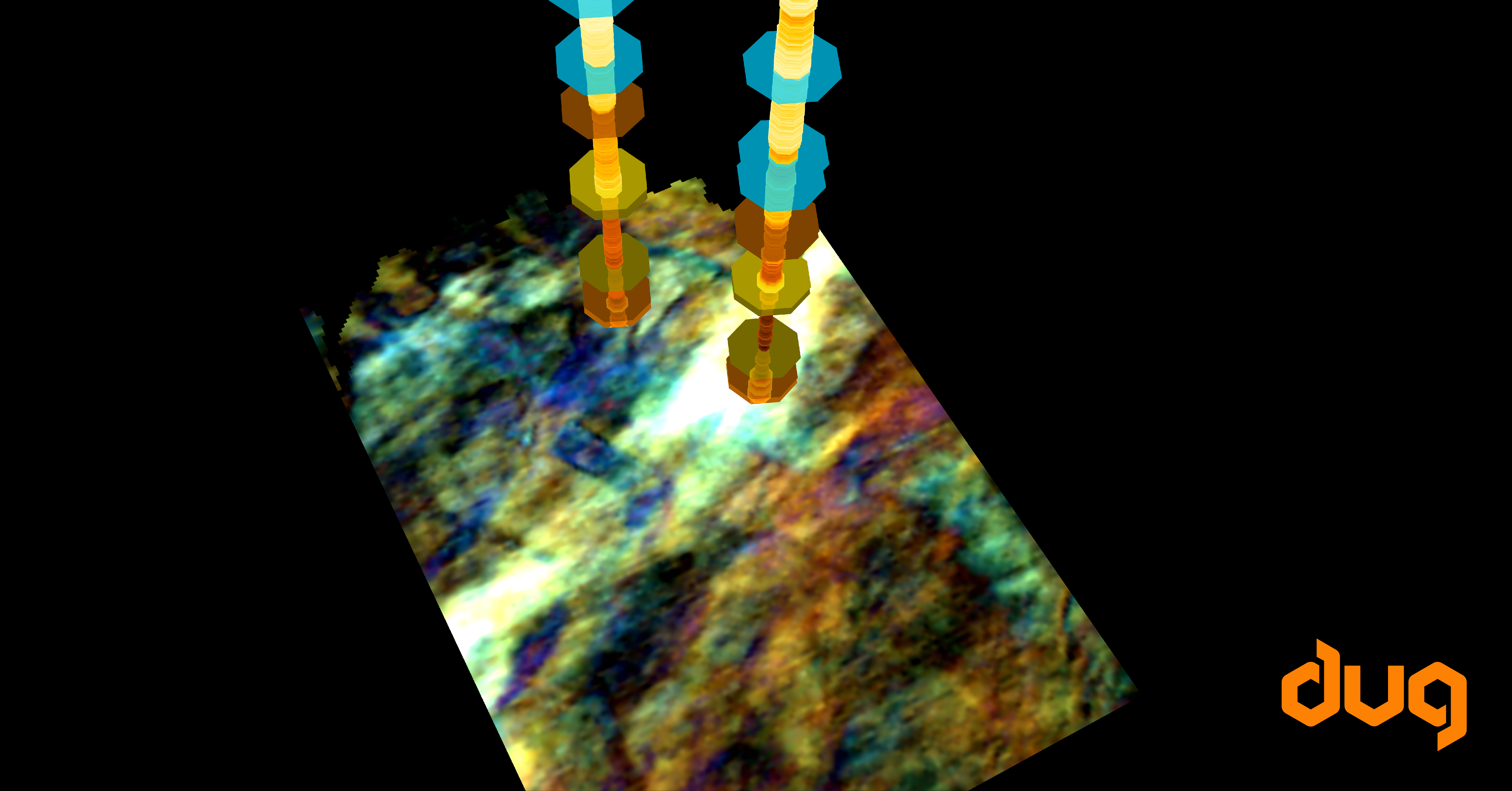Press release: Perth 15 April 2021.
Curtin University and DUG Technology Ltd have entered into a decade-long partnership to collaborate in the fields of high-performance computing (HPC), education and research.
This partnership between industry and academia will accelerate research areas of national significance, including astrophysics, biomedicine and meteorology. Focusing on the needs of industry, DUG and Curtin will develop green technologies that dramatically reduce the carbon footprint of supercomputing. Creating and realising opportunities for education and training in high-performance computing will also be a high priority.
As part of this agreement DUG will provide:
- scalable HPC, storage and archive capabilities;
- support for HPC education, code onboarding and optimisation; and
- proprietary DUG Insight processing and visualisation tools to support Curtin’s involvement in the Square Kilometre Array (SKA) Project.
DUG founder and Managing Director, Dr Matthew Lamont, a Curtin graduate, said the agreement highlighted the alignment of DUG and Curtin over several years, and the value that high-performance computing and associated expertise can provide to tertiary institutions.
“The alliance is a significant vote of confidence in DUG’s technology and a perfect example of our ability to provide cost effective and reliable HPC for the tertiary education sector’s specialised research and data analysis needs,” Dr Matthew Lamont said.
“Our solution is unparalleled as we can also provide education, onboarding support, and code optimisation services.”
Curtin’s Deputy Vice-Chancellor Research, Professor Chris Moran said Curtin is Western Australia’s largest tertiary institution and as a research-intensive organisation had a large and growing need for a diverse set of high-performance computing solutions.
“Curtin University has been at the forefront of computational and data sciences in Australia for almost two decades,” Professor Chris Moran said.
“The exciting new partnership with DUG will complement the important work Curtin does through the national Pawsey Supercomputing Centre.”
The DUG-Curtin partnership has already yielded significant results in radio astronomy and astrophysics, connected to the €2 billion international SKA Project, half of which will be constructed in Western Australia.
DUG’s expertise in software engineering and code optimisation, combined with their large-scale supercomputing facilities and the deep expertise of Curtin’s astronomers, has led to exciting new results in the search for the first stars and galaxies in the early Universe. This requires looking for weak signals that originated more than 13 billion years ago.
Furthermore, using data collected by radio telescopes, DUG and Curtin have co-developed algorithms that can detect and monitor space junk and satellites in Earth orbit. This is increasingly important as the space environment becomes ever more congested and contested.
John Curtin Distinguished Professor and astronomer from the Curtin University node of the International Centre for Radio Astronomy Research, Professor Steven Tingay said Curtin’s partnership with DUG is advancing both fundamental physics and highly practical applications in the real world.
“From looking at the early Universe, soon after the Big Bang, to what satellites in Earth’s orbit are doing minute by minute, all requires a lot of time on powerful computers,” Professor Tingay said.
Over the next decade, DUG and Curtin aim to replicate this success across a range of different research fields, train significant numbers of undergraduate and postgraduate students in high-performance computing, and employ Curtin’s expertise in renewables to find new energy sources for powering future DUG data centres.
Photo credits. Left: DUG Technology datacentre, photo Simon Westlake. Right: MWA Tile and MWA Aerial, photo Curtin-ICRAR.




































